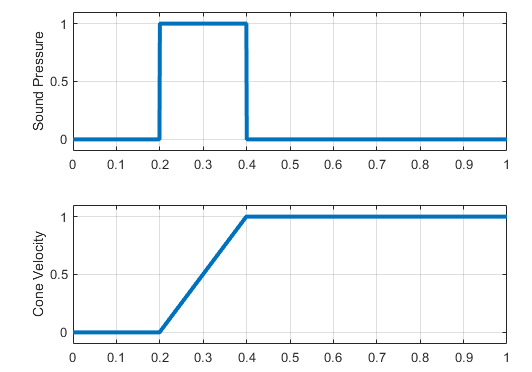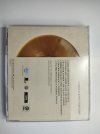I essentially agree with you.
Even after we would have decided which sub-woofer (SW) and woofer (WO) to be used in our audio setup, I believe it is really important and critical to establish time alignment between the two, at most suitable XO Fq, with most suitable XO slopes; low-pass (high-cut) for SW and high-pass (low-cut) for WO.
Even having rather steep slope filters, we always have Fq window where
SW and WO would audibly sing together, and therefore the tuning of transient behaviors around that Fq window is critical for excellent total transient response of your audio system.
We can
semi-objectively observe by our eyes using Adobe Audition's 3D (time-gain-Fq) spectrum of the recorded sound for such tuning procedures for;
1. XO Fq selection,
2. XO filter type and slope selections,
3. Gain matching/adjustment between SW and WO,
4. Time alignment adjustment in msec precision.
As for precision time alignment between SW and WO, I utilized rather primitive but validated and reliable "time-shifted tone burst measurement method" as shared in
my post here.
For measurement and tuning of XO configuration for SW and WO, together with transient behavior observation/confirmation, Adobe Audition's 3D (time-gain-Fq) spectrum has been a powerful tool in my case, as shared in my project thread;
- Measurement of transient characteristics of Yamaha 30 cm woofer JA-3058 in sealed cabinet and Yamaha active sub-woofer YST-SW1000: #495,
#497,
#503,
#507
Since I know that one photo or one diagram is worth 1,000 or more words, let me share here only two diagrams selected from my project thread on this issue of SW-WO best matching for excellent total transient response;
View attachment 287481
View attachment 287480
Having these and other intensive objective measurements and of course also intensive subjective hearing sessions, in my setup with SW Yamaha YST-SW1000 and WO Yamaha 30 cm woofer JA-3058 in NS-1000's sealed cabinet, I decided the XO Fq (50 Hz) and the filters as summarized
here and
here on my project thread.
I believe this is also true for other SP drivers, WO-to-Midrange-to-Tweeter-to-SuperTweeter, as I have intensively done in my multichannel project. Please refer to my summary post
here here and
here.
In any way,
various tuning towards better "transient behavior/response" of our audio setup does "matter" and is important for the
"perceived audio quality in a system" (the wording of the thread title here).



